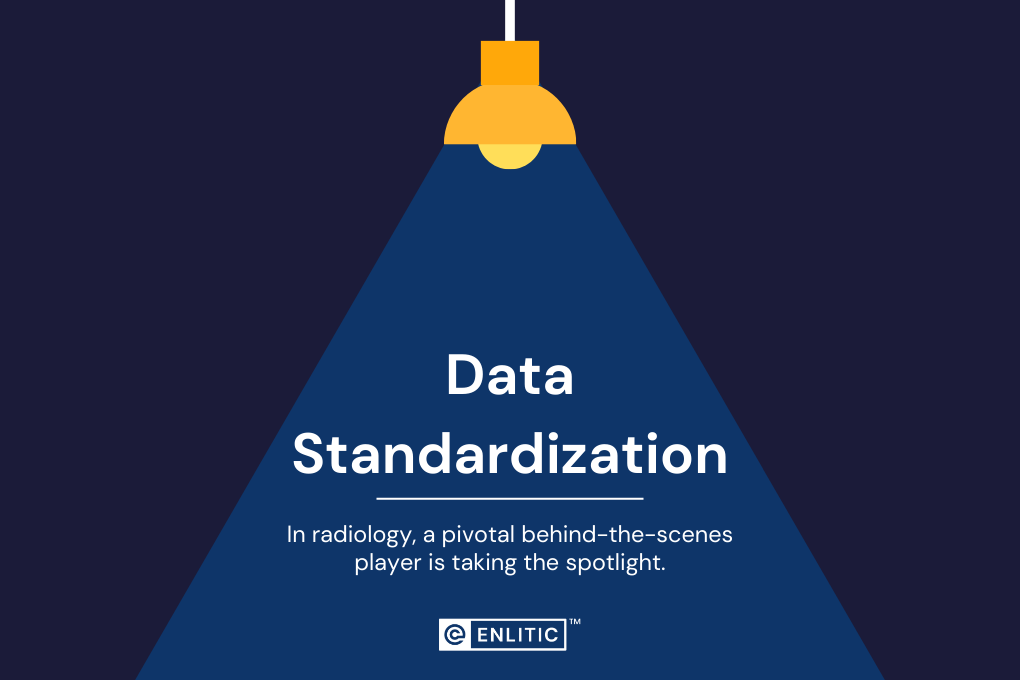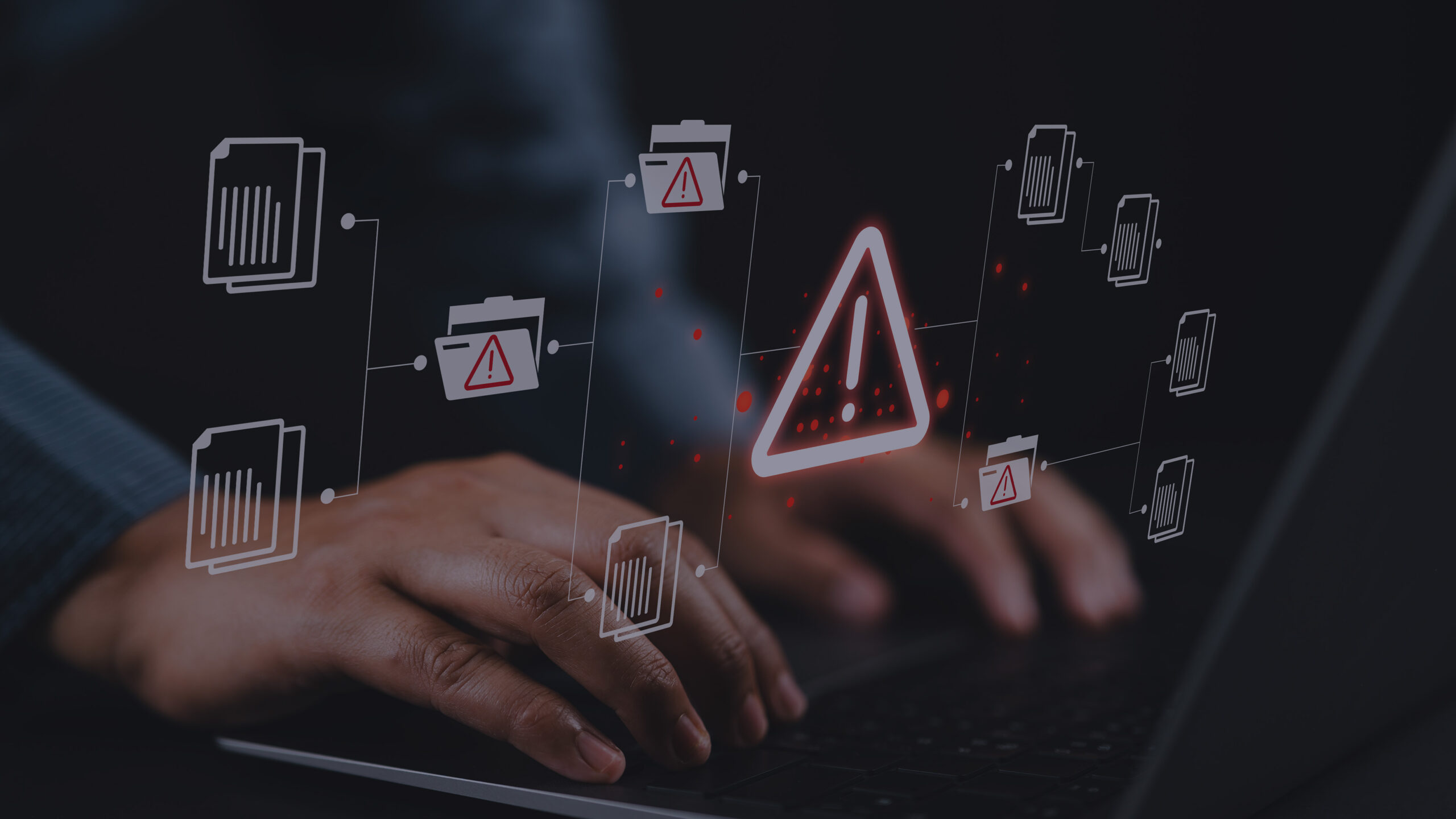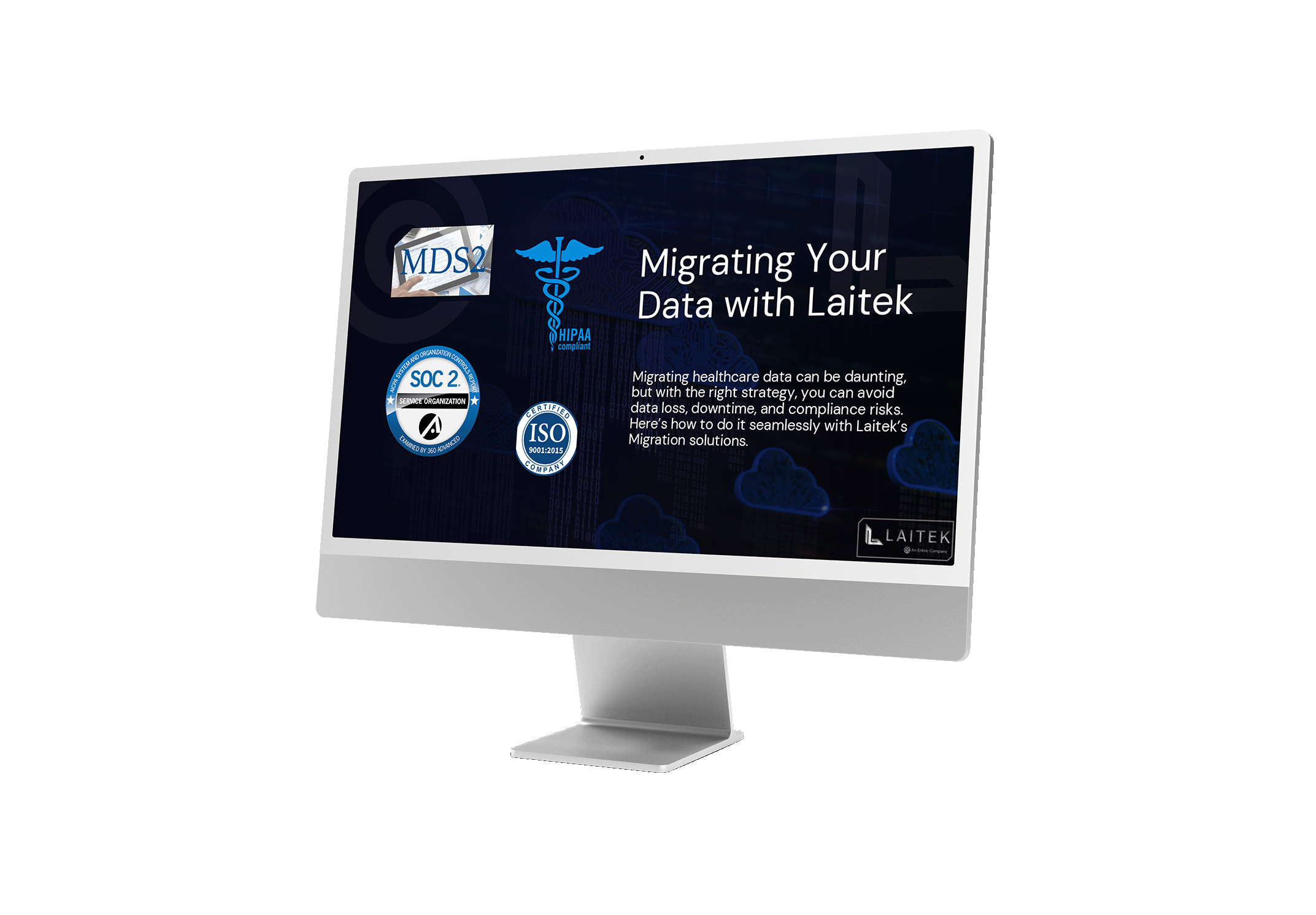In radiology, a pivotal behind-the-scenes player is taking the spotlight – data standardization. This seemingly technical process holds the key to revolutionizing how radiological information is shared, interpreted, and utilized across the healthcare spectrum. Here are 5 reasons data standardization in radiology is so vital.
Interoperability:
Radiological data comes from various sources, such as different imaging modalities, medical devices, and healthcare institutions. Enter data standardization – the conductor orchestrating harmony between data. By enforcing a common language, data standardization ensures that this diverse ensemble of sources seamlessly communicates and exchanges information. This interoperability is the foundation of efficient data sharing, streamlined collaboration, and comprehensive patient care.
Consistent Data Interpretation:
In radiology, inconsistent data interpretation can have similar consequences – miscommunication leading to errors. Data standardization provides a universal vocabulary of image display and terminology. This consistency ensures that radiologists and other healthcare professionals interpret data in a comparable manner, mitigating the likelihood of mistakes and misunderstandings.
Efficient Data Analysis:
Data standardization transforms data chaos into organized information. As data is molded into a standardized format, the capability to compile and assess extensive datasets sees a significant increase. This isn’t just about convenience; it’s about applying cutting-edge analytics, like AI and machine learning, to extract valuable insights. These insights can shape the future of radiological diagnoses and treatment strategies, propelling the field into uncharted territories of accuracy and efficacy.
Longitudinal Patient Tracking:
In the realm of patient care, data standardization is the compass guiding us through the twists and turns of a patient’s medical history. Radiologists can access previous imaging studies, facilitating accurate assessments of disease progression and treatment outcomes. Standardized data is the map that leads to improved patient care and more informed decisions.
Elevating Research and Beyond:
Data standardization is essential for research purposes, especially when conducting multi-center studies or taking part in clinical trials. Results become reliable, reproducible, and comparable across diverse research settings. This solid foundation contributes to the advancement of medical knowledge and evidence-based practices. In essence, data standardization is critical for impactful research and transformative medical breakthroughs.
In the grand orchestration of radiology’s evolution, data standardization stands as a defining note. It bridges gaps, fosters consistency, uncovers insights, and empowers patient care and research. As we journey toward a more interconnected healthcare landscape, data standardization in radiology is the compass guiding us. It’s more than just a technicality; it’s the symphony that harmonizes progress, precision, and patient well-being.
Enlitic is standardizing imaging data with the power of AI, ensuring accuracy, consistency and efficiency. Learn more about ENDEX™ for data standardization.








